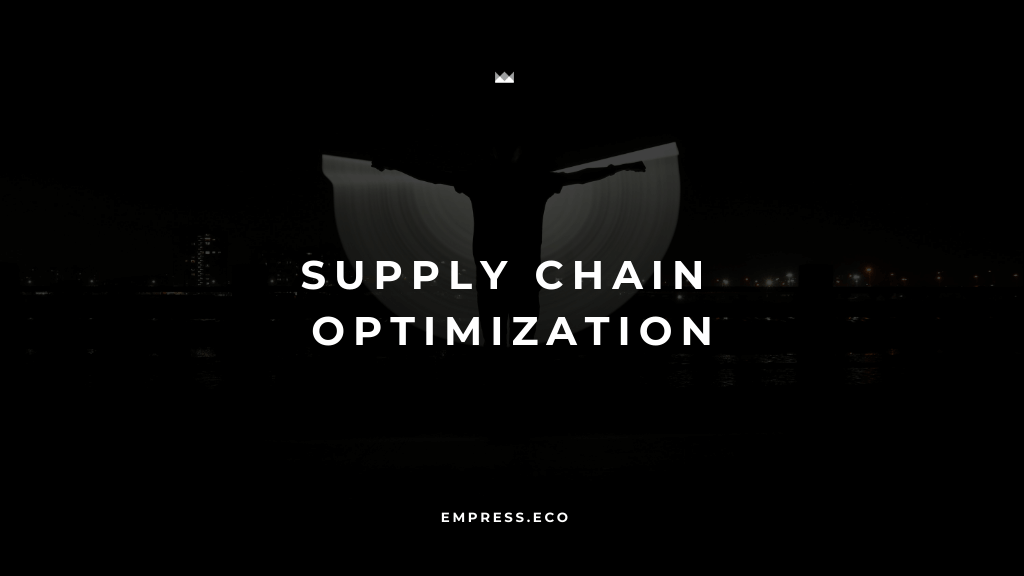The integration of advanced technology into daily operations is no longer a luxury—it's a necessity. Technology integration, when done effectively, can transform workflows, boost productivity, and provide businesses with the competitive edge they need to thrive. This process involves more than just adopting new tools; it requires a strategic approach to incorporating these technologies into existing processes to enhance efficiency and effectiveness.
In this guide, we’ll delve into the benefits of technology integration, outline the steps to successfully implement tech solutions, and discuss the challenges businesses may face along the way.
The Benefits of Technology Integration
Technology integration is about more than just updating your software or automating a few tasks. It's about fundamentally transforming the way your business operates. Here’s how effective technology integration can benefit your organization:
1. Streamlined Processes
One of the most significant benefits of integrating technology into your operations is the ability to streamline processes. Manual tasks that once took hours can now be completed in minutes, with a higher degree of accuracy. Automation tools can handle repetitive tasks like data entry, invoicing, and inventory management, reducing the burden on employees and minimizing the risk of human error.
For example, a company that integrates a customer relationship management (CRM) system can automate the tracking of customer interactions, sales processes, and follow-up activities. This not only speeds up operations but also ensures that nothing falls through the cracks, leading to better customer service and increased sales.
2. Increased Productivity
When employees are freed from the tedium of manual tasks, they can focus on higher-value activities that drive the business forward. Technology integration allows teams to work more efficiently, reducing the time spent on routine tasks and enabling them to focus on strategic initiatives that require human insight and creativity.
For instance, by implementing project management software, teams can easily track progress, assign tasks, and collaborate on projects, all in one place. This reduces the time spent on meetings and emails, allowing team members to dedicate more time to productive work.
3. Improved Collaboration
In today’s increasingly remote and hybrid work environments, effective communication and collaboration are more critical than ever. Technology integration plays a crucial role in connecting team members, regardless of their location, and fostering a collaborative work culture.
Tools like cloud-based collaboration platforms, video conferencing software, and instant messaging apps make it easier for teams to work together in real-time. Whether it’s sharing documents, brainstorming ideas, or holding virtual meetings, these technologies ensure that everyone stays on the same page, enhancing teamwork and project outcomes.
4. Enhanced Data Management
Data is one of the most valuable assets for any business, but managing and making sense of it can be challenging without the right tools. Technology integration allows businesses to collect, analyze, and manage data more effectively, turning raw data into actionable insights.
For example, integrating business intelligence (BI) tools can help companies analyze large datasets to uncover trends, make informed decisions, and develop strategies that are based on solid evidence. This capability is especially important in today’s data-driven business landscape, where the ability to quickly analyze and act on data can be a key differentiator.
Steps to Implementing Effective Technology Integration
Integrating new technology into your business isn’t just about choosing the latest tools; it requires careful planning and execution to ensure that the technology you adopt truly adds value. Here are the steps to successfully implement technology integration:
1. Assess Current Workflows
Before diving into technology solutions, it’s essential to evaluate your current workflows. Understanding how your existing processes work, where the bottlenecks are, and which tasks consume the most time will help you identify the areas where technology can make the most significant impact.
For example, if your company struggles with slow invoice processing times, this could be a clear indicator that an automated invoicing system could help streamline the process, reduce errors, and speed up payment cycles.
2. Set Clear Objectives
Clear objectives are the foundation of any successful technology integration project. Determine what you want to achieve with the new technology, whether it’s improving efficiency, reducing costs, enhancing customer service, or increasing employee satisfaction. These objectives will guide your selection of technology solutions and shape how you implement them.
For example, if your objective is to enhance customer service, you might focus on integrating a chatbot that can handle common customer inquiries 24/7, freeing up your support team to handle more complex issues.
3. Choose the Right Technology
With a clear understanding of your workflows and objectives, the next step is to select the technology that best meets your needs. It’s essential to choose tools that align with your business goals, are scalable to accommodate future growth, and integrate smoothly with your existing systems.
For instance, if you’re looking to improve collaboration within your team, you might choose a platform like Microsoft Teams or Slack, which offers robust integration with other tools you already use, such as file storage and project management systems.
4. Engage Stakeholders
Technology integration is not just a top-down initiative; it requires the involvement and buy-in from all stakeholders, including employees, IT professionals, and department heads. Engaging stakeholders early in the process helps ensure that the technology meets the needs of those who will use it and increases the likelihood of successful adoption.
For example, before implementing a new CRM system, involve your sales and customer service teams in the selection process. Their input will be invaluable in choosing a system that meets their needs and will be easy for them to use on a daily basis.
5. Provide Training and Support
Even the most advanced technology is useless if employees don’t know how to use it. Providing comprehensive training and ongoing support is crucial for ensuring that your team is comfortable with the new tools and can use them effectively.
For instance, after implementing a new project management tool, offer training sessions that walk employees through the system’s features and how they can apply them to their daily work. Providing resources like user manuals, video tutorials, and access to a support team will help employees get up to speed quickly and maximize the technology’s benefits.
Challenges and Considerations
While technology integration offers numerous benefits, it’s not without its challenges. Being aware of these potential obstacles can help you prepare and navigate them more effectively:
1. Change Management
One of the most significant challenges of technology integration is managing the change it brings. Employees may resist new tools and processes, especially if they’ve been using the same systems for years. Change management strategies, including clear communication, training, and support, are crucial for overcoming resistance and ensuring a smooth transition.
For example, when introducing a new inventory management system, communicate clearly about why the change is necessary, how it will benefit the company and employees, and what support will be available during the transition.
2. Resource Investment
Implementing new technology requires a significant investment of time, money, and human resources. It’s essential to plan for these costs upfront and ensure that you have the necessary budget and personnel to support the integration process.
For example, if you’re implementing a new ERP (Enterprise Resource Planning) system, budget not only for the software itself but also for the costs associated with training, data migration, and ongoing support.
3. Security and Compliance
As businesses integrate new technologies, especially those involving data storage and processing, security and compliance become critical considerations. Ensuring that your technology solutions meet security standards and comply with relevant regulations is essential to protect sensitive data and avoid legal issues.
For instance, if you’re integrating a cloud-based storage solution, ensure that it complies with data protection regulations like GDPR or HIPAA, depending on your industry. Implement robust security measures such as encryption, access controls, and regular security audits to protect your data.
Conclusion
Technology integration is more than just adopting the latest gadgets or software; it’s about transforming your business workflows to enhance efficiency, productivity, and competitiveness. By strategically implementing technology solutions, businesses can streamline processes, improve collaboration, and gain valuable insights that drive better decision-making.
As technology continues to evolve, businesses that effectively integrate these tools into their operations will be well-positioned to thrive in a competitive marketplace. Whether you’re looking to automate routine tasks, improve data management, or enhance team collaboration, technology integration offers the potential to revolutionize the way you do business.
Incorporating the right technology, with clear objectives and careful planning, can set your business on a path to sustained growth and success. By staying proactive and embracing the opportunities that technology presents, you can transform your workflows and achieve new levels of operational excellence.



